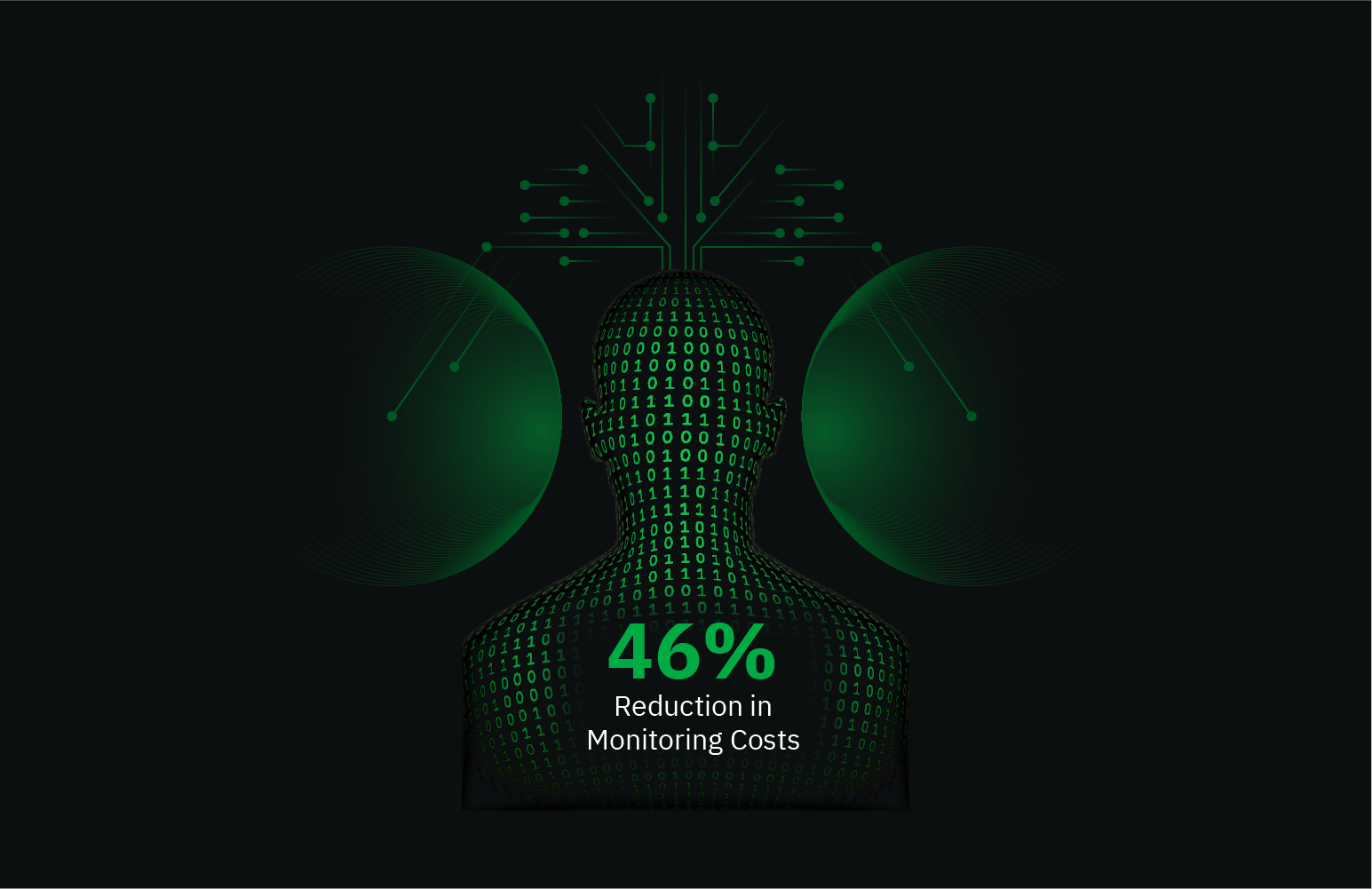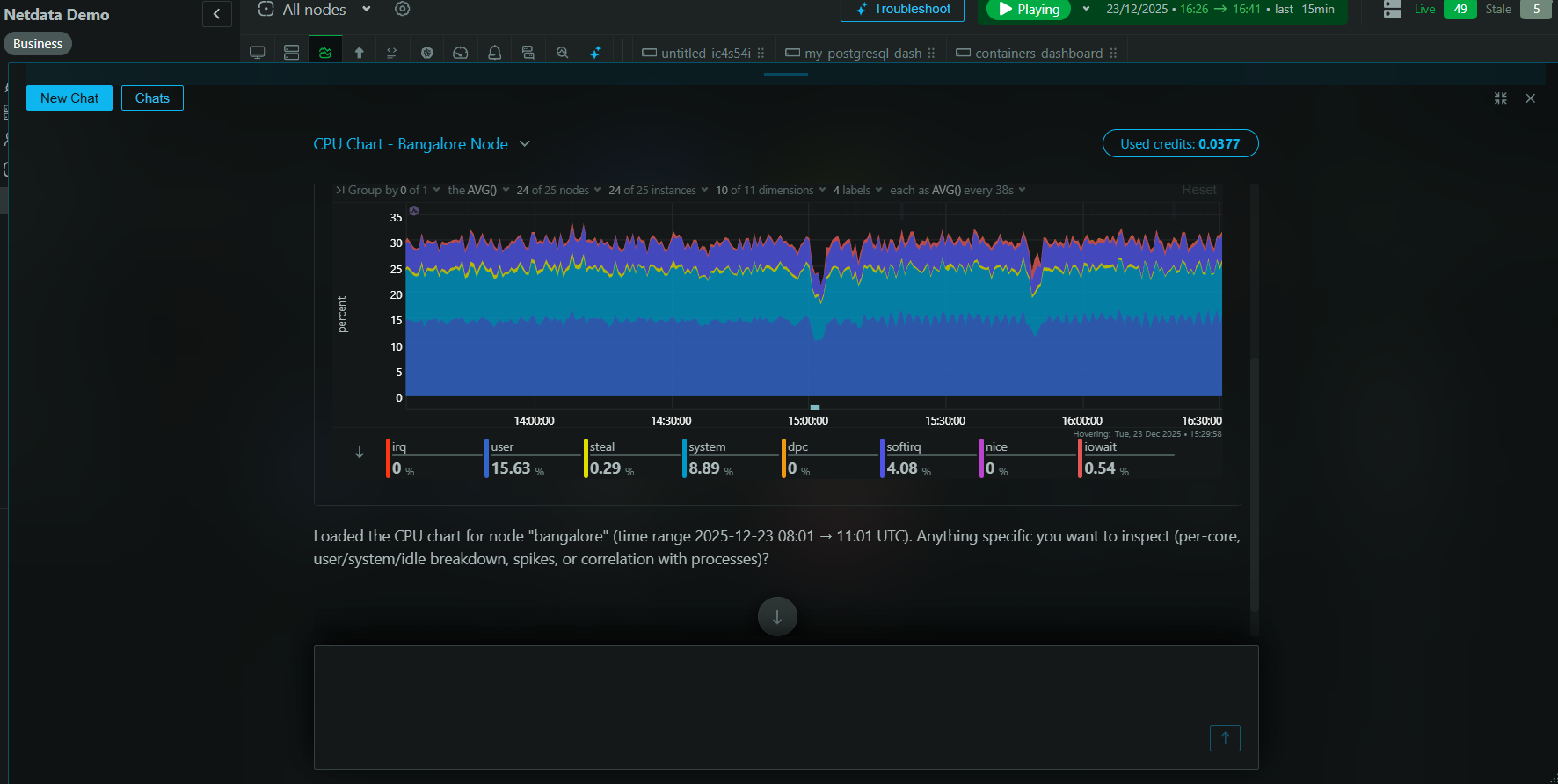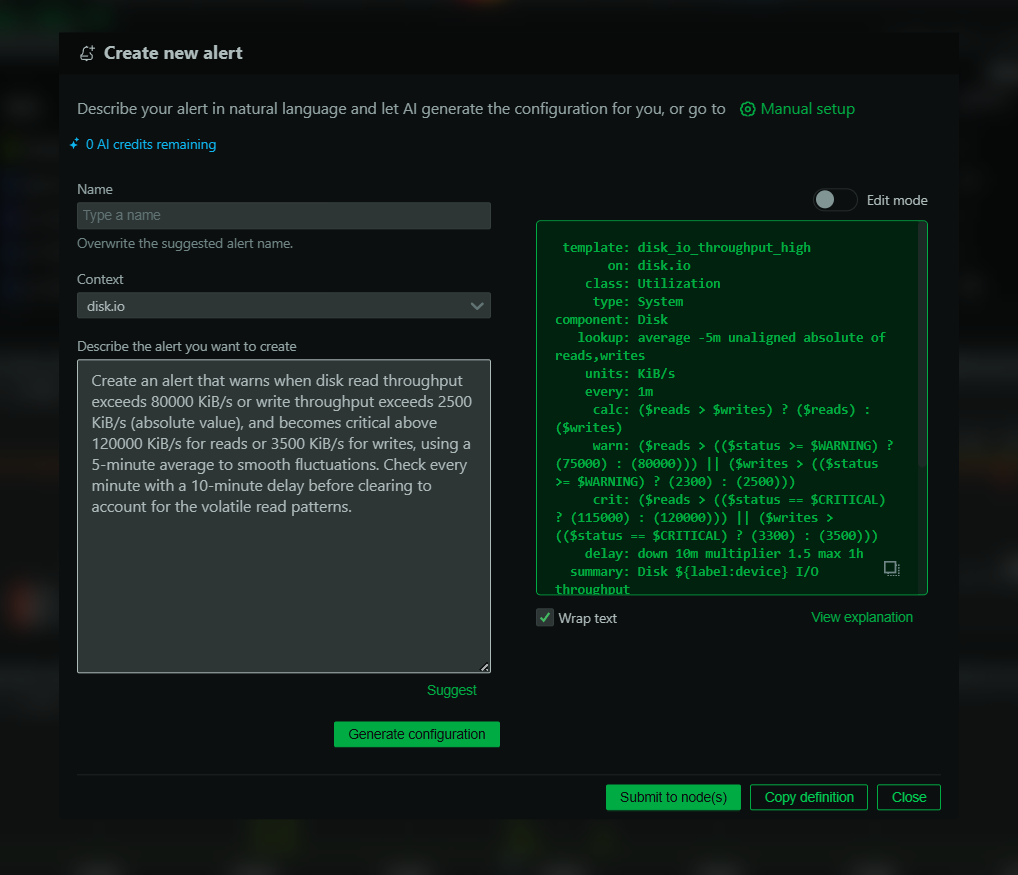DigitalOcean Monitoring
What Is DigitalOcean?
DigitalOcean is a cloud service provider that offers developers cloud services that help deploy and scale applications that run simultaneously on multiple computers. With its infrastructure being a critical part of many application deployments, monitoring DigitalOcean involves keeping track of various metrics and system health to ensure seamless operation.
Monitoring DigitalOcean With Netdata
Netdata empowers you with robust capabilities to monitor DigitalOcean infrastructure using openmetrics with its Prometheus exporter. This integration allows Netdata to ingest metrics seamlessly from any Prometheus endpoint without the need for a Prometheus server or Grafana installation. Users benefit from automated dashboards and alerts that help in real-time performance tracking and issue resolution.
Why Is DigitalOcean Monitoring Important?
Monitoring DigitalOcean is crucial because it ensures optimized performance, resource management, and pre-emptive troubleshooting. Downtime or performance lags can directly impact end-user satisfaction and business operations. By maintaining a vigilant watch over key metrics, businesses using DigitalOcean can anticipate issues before they escalate.
What Are The Benefits Of Using DigitalOcean Monitoring Tools?
Using tools for monitoring DigitalOcean like Netdata offers numerous benefits:
- Real-Time Insights: Capture and visualize data instantly to identify issues quickly.
- Automated Dashboards: Effortlessly generate dashboards that provide a comprehensive overview of your infrastructure health.
- Resource Efficiency: Fine-tune resource allocation to ensure optimal performance.
- Alerts and Notifications: Set up alerts to stay informed of any potential issues in your infrastructure.
Unlock the potential of your DigitalOcean infrastructure: View Netdata Live or Sign Up To Netdata.
FAQs
What Is DigitalOcean Monitoring?
DigitalOcean Monitoring refers to the processes and tools used to track the performance and status of resources deployed within the DigitalOcean environment, ensuring they run efficiently and reliably.
Why Is DigitalOcean Monitoring Important?
It is essential for maintaining system uptime, ensuring performance, and optimizing resource use to support business continuity and operational excellence.
What Does A DigitalOcean Monitor Do?
A DigitalOcean monitor tracks various metrics such as CPU, memory usage, network throughput, and disk I/O to help manage and troubleshoot potential problems in real-time.
How Can I Monitor DigitalOcean In Real Time?
You can monitor DigitalOcean in real time using Netdata’s openmetrics capabilities, leveraging the powerful and efficient Prometheus exporter for seamless metric gathering and visualization.









